Enve SES 4.5 wheelset review
They certainly sit up there amongst the most desirable and bling wheels money can buy, but are the Enve SES 4.5 clinchers worthy of their high price tag? We put them to the test for several months.
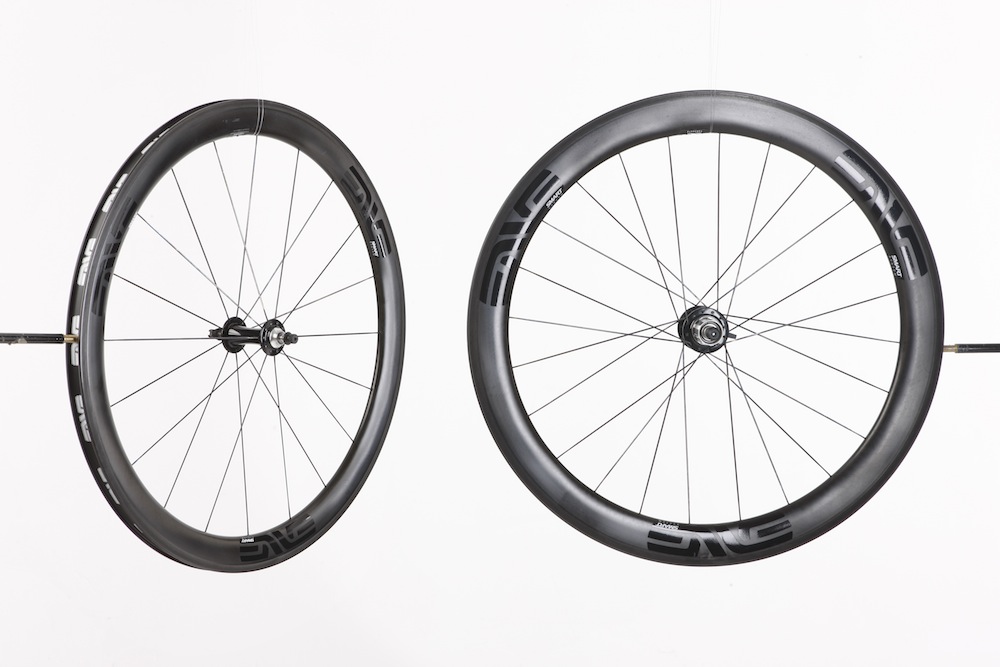
Impressively fast wheels that are superb in all areas, apart from braking, which despite the new textured surface, still needs work.
-
+
Fastest 40-50mm depth wheels we have tested
-
+
Light
-
+
Stiff
-
+
Amazing hubs
-
-
Very Expensive
-
-
Braking still not where we want it to be
-
-
Not tubeless yet
- -
You can trust Cycling Weekly.
The moment you take them out the box, the Enve SES 4.5 feel a little bit special. There’s something about them. Enve works in collaboration with the famous aerodynamicist Simon Smart, who has a strong background in Formula One. Smart has worked closely to optimise the shape of Enve's wheels for minimum drag and maximum speed.
>>> Buyer's guide to aero wheels (video)
SES stands for Smart Enve Systems and the number corresponds to the rim depth. However this can be a little misleading with the Enve SES 4.5 because they are actually 48mm and 56mm in depth, rather than the 40mm and 50mm you might expect.
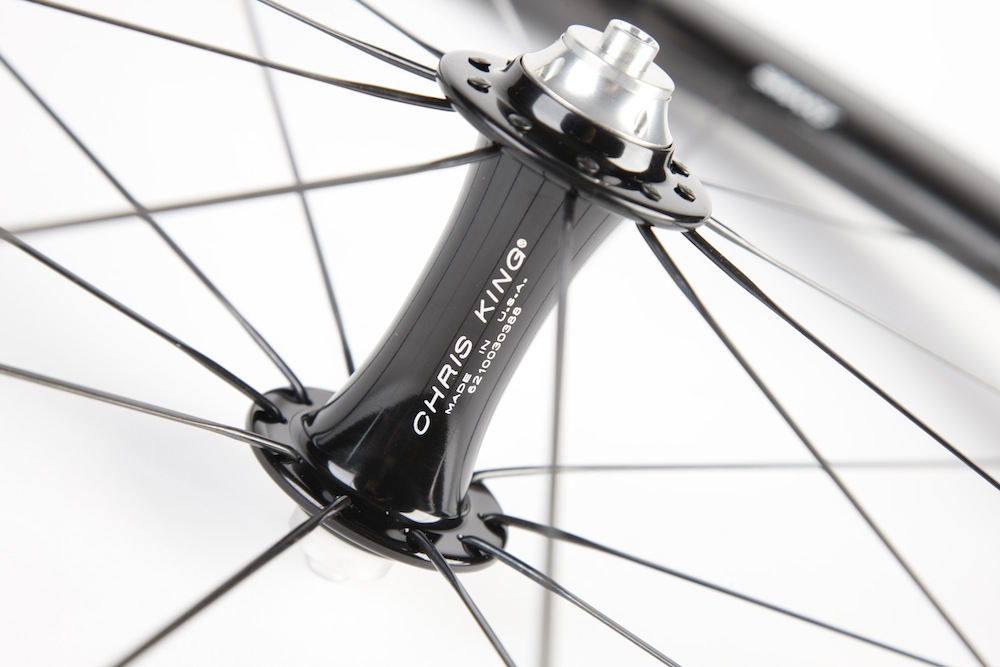
>>> How much difference do aero wheels make? (video)
Our test set came equipped with Chris King hubs, which are absolutely sublime. Some sounds seem to really appeal to the human psyche, for me, the resonating roar of a Spitfire Rolls Royce Merlin engine is something very special indeed. While maybe not quite in the same league there is no doubting the ability of the Chris King free hub’s bee swarm like buzz to put a smile on the face of anyone riding one.
>>> Looking for your next cycling challenge? Check out this monster
One detail worth noting though is that the hubs are cup and cone, and do not have sealed cartridge bearings. This makes maintenance a little trickier for those who are not trained mechanics. The spoke nipples are internal, which although helps improve stiffness and lower weight, does make truing and spoke replacement trickier.
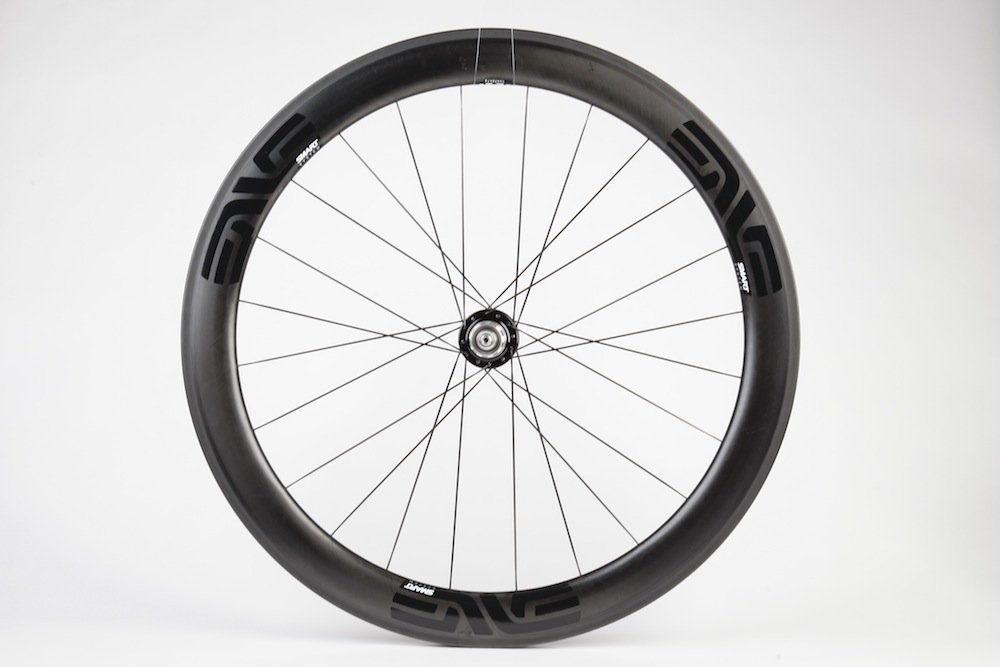
Aero Testing
I have ridden these wheelsets in as much varied terrain and conditions as possible. At times this has involved high mountains, rough lanes, and wet descents. In addition to this testing I also undertook an experiment to calculate the drag coefficient of the wheels with the help of engineer, Dan Bigham. This was also done at the same time, for several other leading wheel sets, to give a comparison.
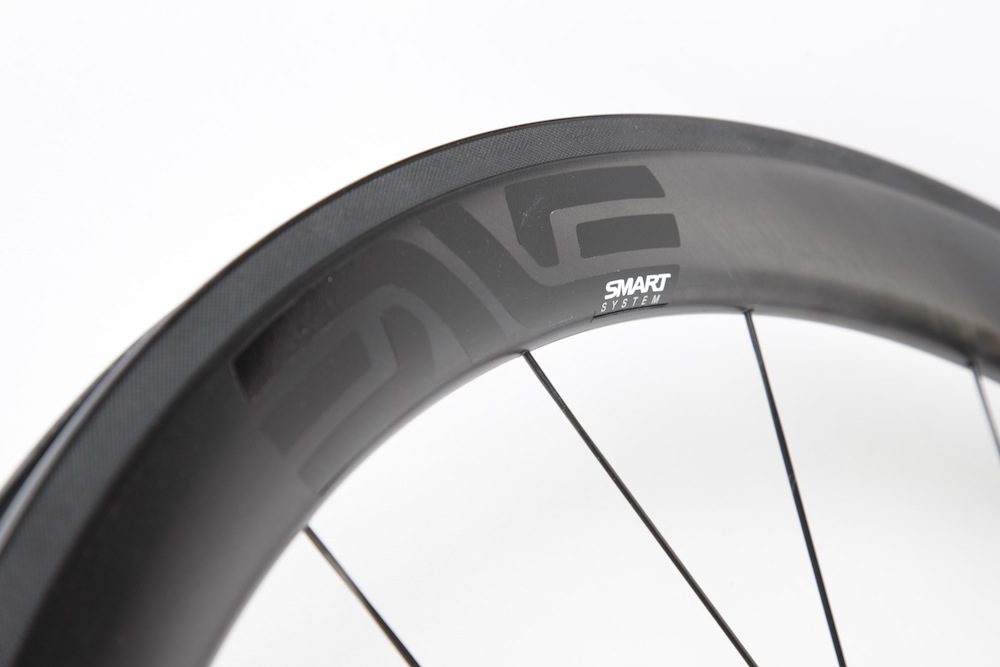
For this the wheels were all ridden around a velodrome at a target power of 340-350w. 25mm Continental GP4000s II tyres were mounted on all the rims, with butyl inner tubes. Mavic skewers were used on all the wheels, with the levers orientated horizontally. The tyres were pumped to 100psi using a digital gauge.
Power measurement was with PowerTap P1 pedals and the testbike was a Scott Plasma 3 TT bike, which allowed for a more constant rider position. Air temperature, air pressure, humidity, wind speed and wind direction were all recorded throughout the test, as was the combined system weight prior to each run. This data, along with the fit. files (the data files recorded to your Garmin) was in-putted into MatLab to calculate a CdA value (drag coefficient) for each wheel set.
As a control, a set of (non deep section) Mavic Ksyrium Elites were used to get a baseline reading. As expected the Enve SES 4.5 s showed a significant improvement over the Ksyriums.
Mavic Ksyrium Elite
System Cda – 0.250
Aero Watts at 40 kph – 210.5W
Enve SES 4.5
System Cda – 0.233
Aero Watts at 40 kph – 196.1W
Our Cda test suggested that the Enve SES 4.5 are considerably more aerodynamic than a standard box section rim, saving the rider 14 watts at 40kph over the baseline Mavic Ksyrium Elites. How do the Enve's perform against other leading wheels? They are the fastest wheels we have tested around the 40-50mm depth. As a comparison, the Mavic Cosmic Pro Carbon SL Cs were found to be 5 Watts slower at 40kph and the Zipp 303 NSWs were 3W slower at 40kph.
It is worth pointing out the the Enve SES 4.5 is slightly deeper than the Mavic and Zipps. The extra depth does not come at a weight penalty though. Despite the depth, the Enve SES 4.5 are light carbon clinchers that perform beautifully while climbing. The Chris King Hubs are sublime too. Although we were not able to separate bearing friction and rolling resistance from drag in our test, I suspect they may aid in making the Enve’s the faster. Another thing to consider is the wheel/tyre interface. The 25mm Continental GP4000s tyres sit flush and very well on the Enve SES 4.5, something that can be considered beneficial to aerodynamics.
Video - Buyer's guide to aero wheels
Performance on the road
The new Enve SES 4.5 features an updated brake track, with a filed surface and this offered improved stopping in wet and dry over the previous smooth Enve braking surface. It is a similar design solution to the grooved surface on Zipp's 'Showstopper' brake track. However, I found the new textured brake track ate brake pads at much faster rate. In addition, I did consistently experience loud screeching and brake fade when descending mountains. I should point out that I tested the Enve SES 4.5s in the French Alps and Cote d'Azur, descending climbs such as the Col de La Bonette and Col de Lombardie.
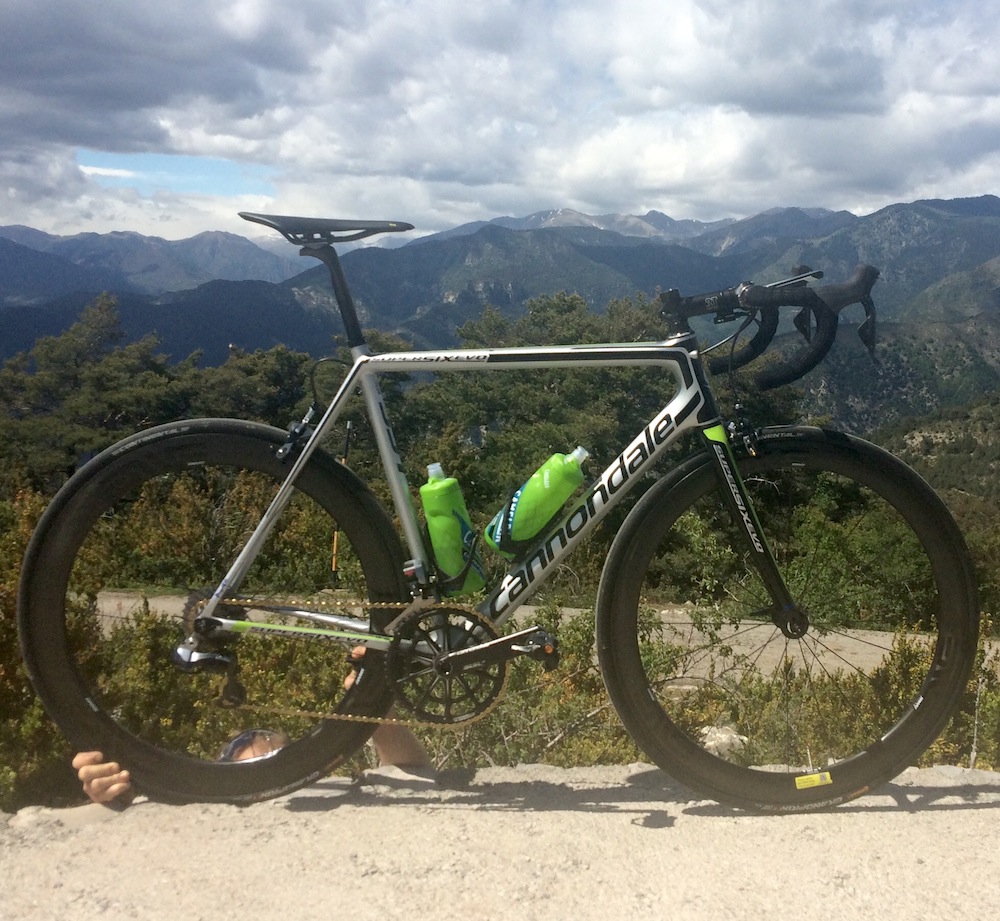
I found that to get the most out of the braking you have to set the pads up perfectly, with a slight toe in. You can get away with it on some wheels, but I found that any slight mis-alignment resulted in significant vibration and loud screaching on the Enve SES 4.5. This is in stark contrast the to the Mavic Cosmic Pro SL C carbon clinchers, on which the braking is excellent and the best we have experienced on carbon.
They may be very fast on the flat and going up hill, but noisy braking saps confidence, meaning that in my experience, you can go slower overall, because of the time lost on descents. For the majority of UK riding this is not a problem and they are dependable in cross winds. I just wouldn't recommend them for mountains.
For more information head over to www.saddleback.co.uk

Thank you for reading 20 articles this month* Join now for unlimited access
Enjoy your first month for just £1 / $1 / €1
*Read 5 free articles per month without a subscription

Join now for unlimited access
Try first month for just £1 / $1 / €1
Get The Leadout Newsletter
The latest race content, interviews, features, reviews and expert buying guides, direct to your inbox!
Oliver Bridgewood - no, Doctor Oliver Bridgewood - is a PhD Chemist who discovered a love of cycling. He enjoys racing time trials, hill climbs, road races and criteriums. During his time at Cycling Weekly, he worked predominantly within the tech team, also utilising his science background to produce insightful fitness articles, before moving to an entirely video-focused role heading up the Cycling Weekly YouTube channel, where his feature-length documentary 'Project 49' was his crowning glory.
-
 'This race is absolutely disgusting': Peloton reacts to another brutal Paris-Roubaix Femmes
'This race is absolutely disgusting': Peloton reacts to another brutal Paris-Roubaix FemmesNow in its fifth edition, Paris-Roubaix Femmes is still a tough race, even for the best bike riders in the world
By Adam Becket Published
-
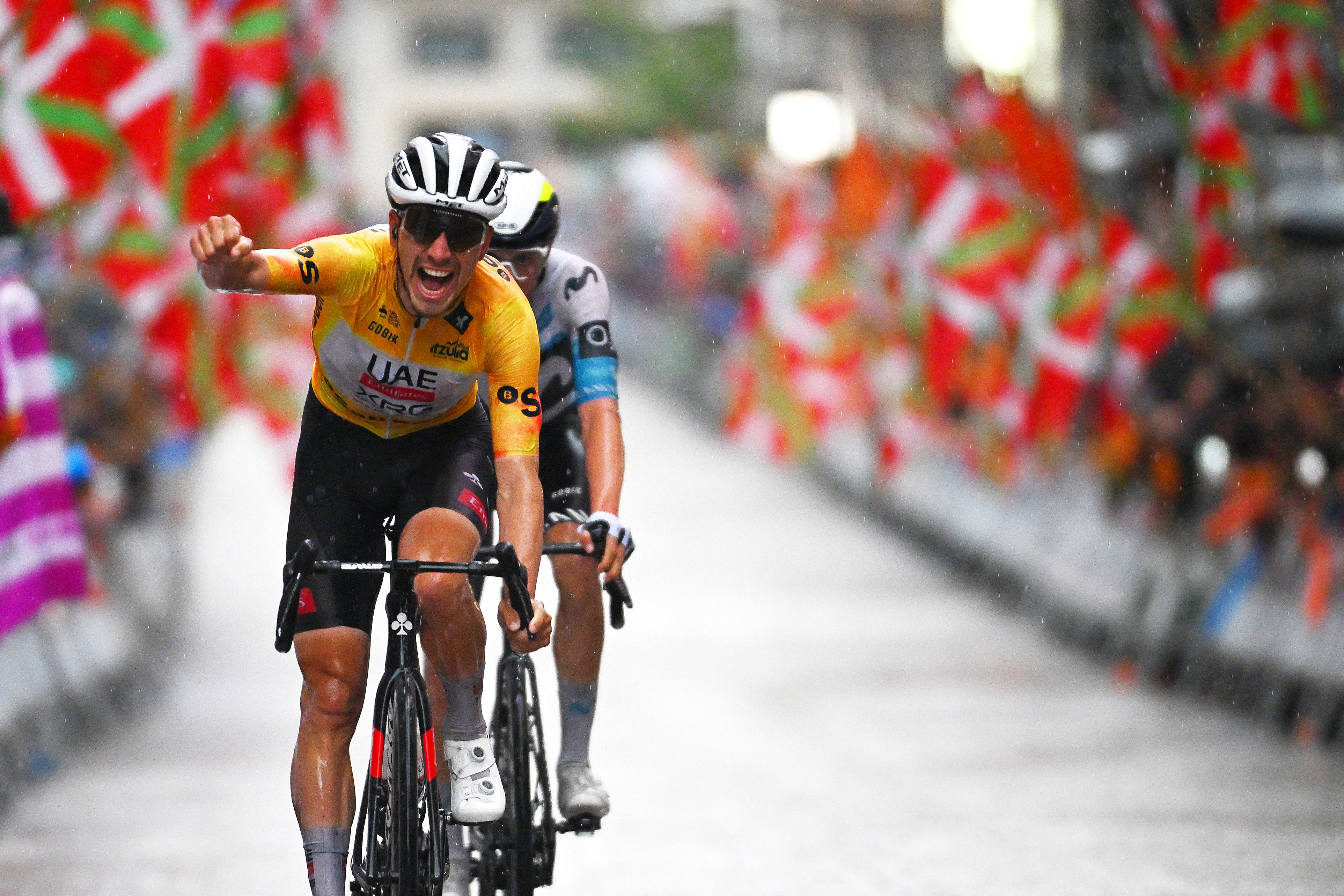 ‘It’s the biggest win of my career’ says João Almeida after crushing Itzulia Basque Country success
‘It’s the biggest win of my career’ says João Almeida after crushing Itzulia Basque Country successUAE rider wins the final stage to finish almost two minutes clear of Enric Mas on GC, with Max Schachmann in third
By Peter Cossins Published
-
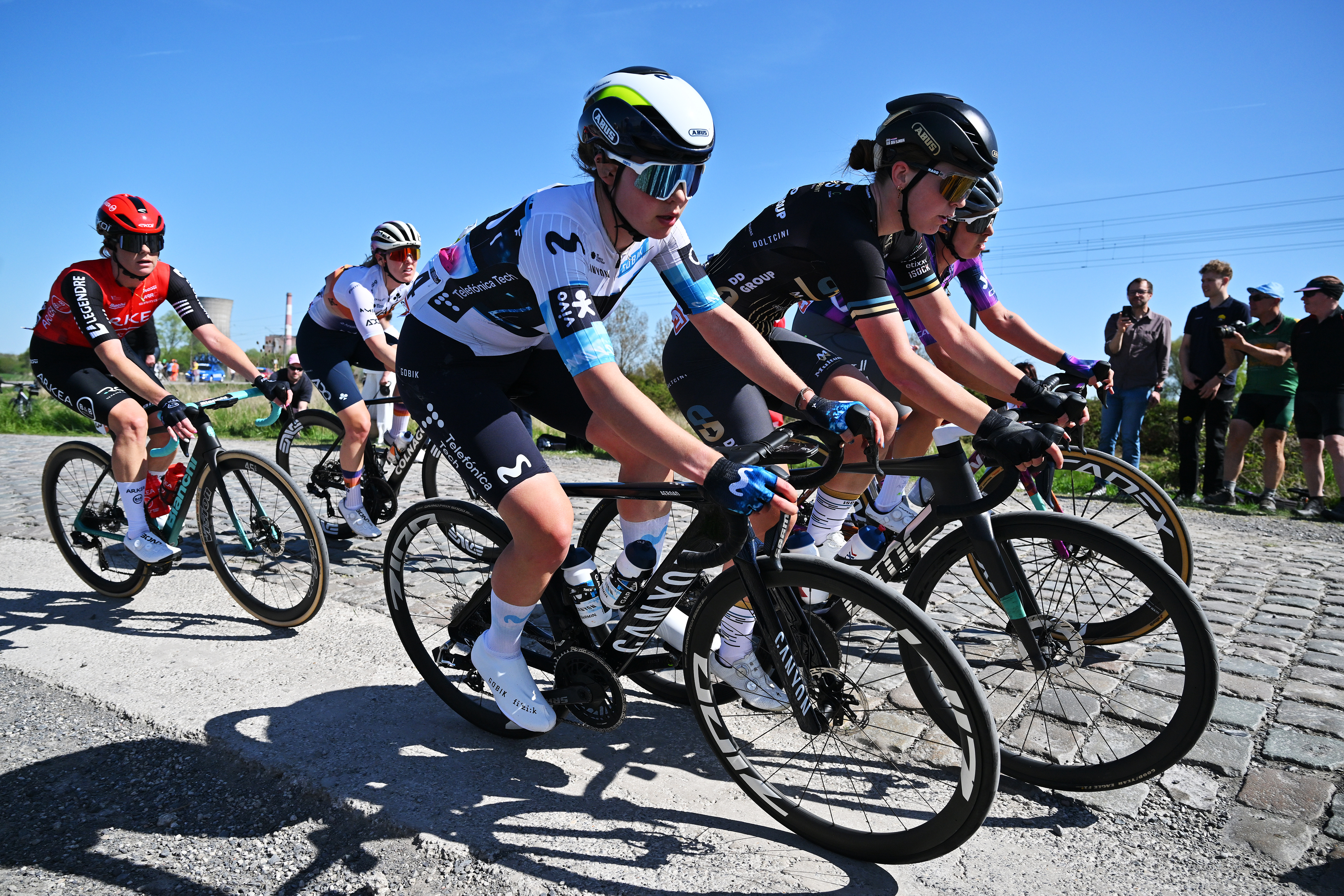 'I have an exam in a month and a half' - Carys Lloyd becomes Paris-Roubaix's youngest ever rider
'I have an exam in a month and a half' - Carys Lloyd becomes Paris-Roubaix's youngest ever riderBritish teenager and A-Level student makes it to the velodrome on debut
By Tom Davidson Published